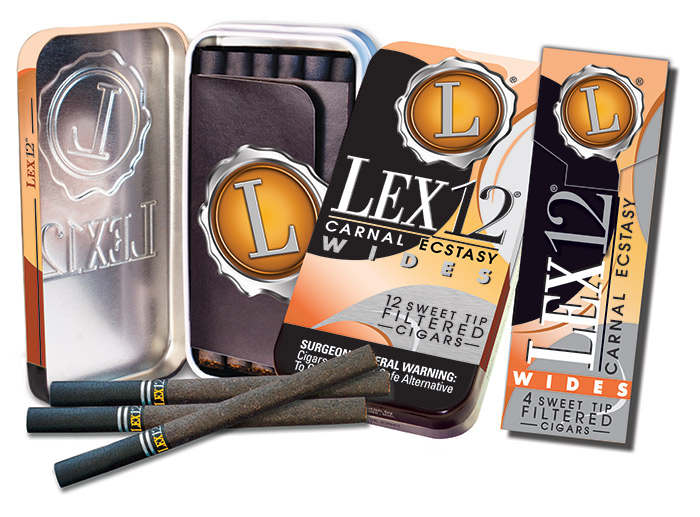Kure Vaporium & Lounge has opened in Gastonia, North Carolina, USA. The lounge has been under construction since October of last year. It features a custom-designed interior that creates a modern yet welcoming atmosphere for its customers.
“We wanted a feel that was modern, cool, but most importantly inviting,” says Stephanie Staffieri, chief marketing officer for Kure. “We set out to build something that would set us apart from all other vape shops in the country. Every aspect of Kure—beginning with our store design that includes a specialty coffee bar, numerous customer plug-in areas and really comfortable chairs, to our selection of premium e-cigarette products and juices—was thoughtfully chosen to elevate the customer experience.
“All of our cabinets, fixtures and furniture were designed to give our customers a unique ‘vaporium’ atmosphere. We knew it was crucial to our distinction from the typical ‘vape shop’ to openly display our large inventory of products and showcase our large selection of Kure, Juice On Tap branded juices at our juice bar. We are also proud to remark that the furniture was custom built in North Carolina, home of our corporate headquarters.”
Kure currently has three other stores in various stages of construction in the Charlotte, North Carolina, area and one in Boca Raton, Florida, USA. These stores are scheduled for completion sometime in early spring 2015 and would boast the same attention to detail in design and customer experience. Kure and its financial partner, Siskey Capital, plan to aggressively expand the presence of its Kure Vaporium & Lounges throughout the U.S. within the next 24 months. They also plan to open a European store.
“We are very pleased with the numbers coming from our first location,” says David Peterson, CEO of Kure. “It’s only been less than 30 days since the store has opened, and already we are seeing a significant development of customer loyalty and impressive sales growth each week.”
“This industry is facing explosive growth and consumer adoption, and we are excited to support Kure in becoming an industry leader in this space within a very short period of time,” says Martin Sumichrast, vice chairman and co-founder of Siskey Capital.



